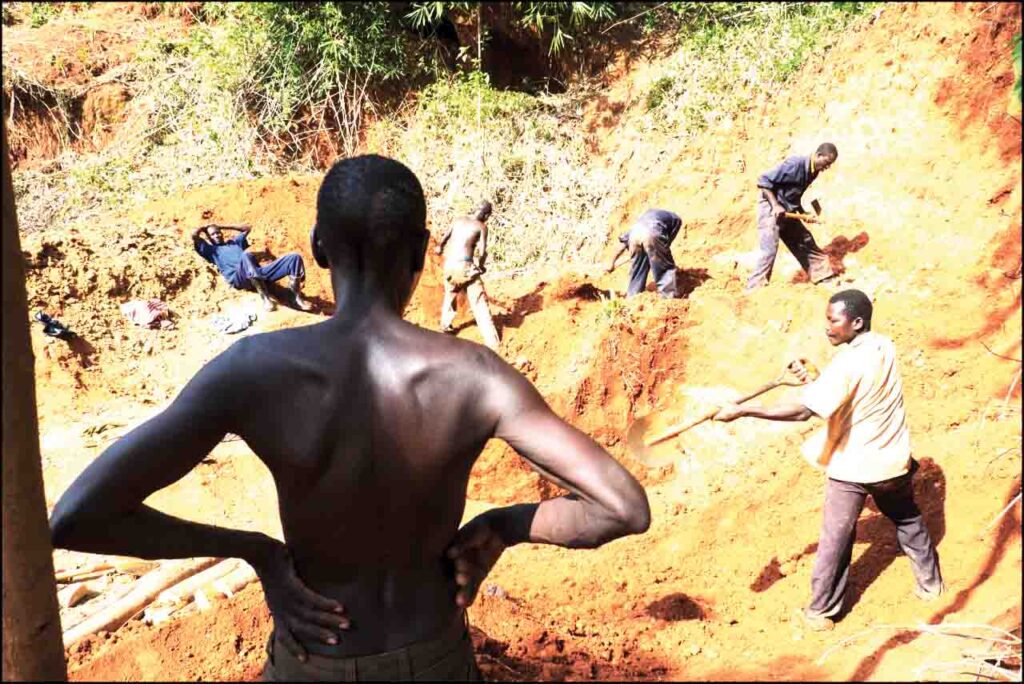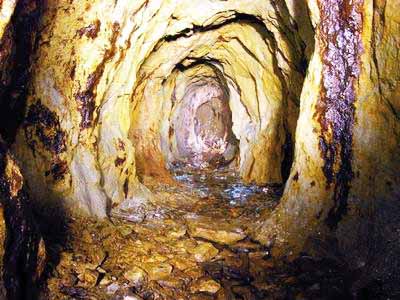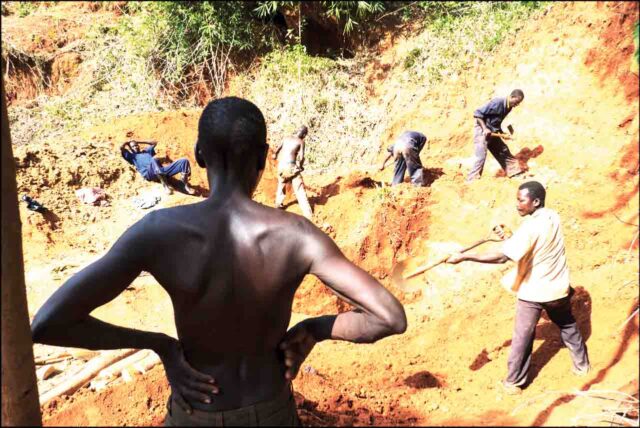By Ricks Kayizzi
If well harnessed, the mining sector has the potential to create jobs and drastically reduce Uganda’s dilemma of unemployment, especially among the youth.
Uganda’s mining sector had suffered a legal void resulting from lack of clear regulation.
But after a series of political gymnastics between Parliament and State House, President Yoweri Museveni finally appended his signature on the Mining and Minerals Bill, 2021.
This was after Parliament made the required changes recommended by the Head of State.
Earlier, in a letter dated June 18, 2022, President Museveni advised Parliament to delete clause eight which defined large-scale mining: “Because it granted absolute discretionary powers to the government over minerals in a mechanized operation involving excavation of a large surface pit or underground openings.”
He argued that the discretion would limit large-scale mining operations with a production value exceeding one million tonnes.

President Museveni was futher concerned that should the definition be maintained, it would exclude projects like Kilembe Mines, Makuutu Rare Earths, Rubanda and Mukono Iron Ore, which are complex and capital intensive, but may not meet the annual production exceeding one million tonnes.
Another project that would have been ignored by the law is the Sukulu Phosphate Comprehensive Industrial Project which was launched in October 2018.
Under the project, Government established plants for processing the extracted Iron Ore from the Sukulu areas to steel.
The plants are also to process extracted phosphates into pure organic fertilizer.
The project which is part of the of a $620 million investment, including the expansive Uganda-China (Guangdong) free zone of International Industrial Cooperation, is being implemented by the Guangzhou Dongsong Energy Group Uganda Limited in Sukulu village, Tororo district.
The phosphate fertilizer production plant is introducing the first purely organic fertilizer in the local market.
The plant is estimated to produce 50,000 tons of fertilizer at the start, and grow to 100,000 tons when demand increases.
The project is expected to create over 3,000 jobs at full capacity.
The 2021 Act
On February 17, 2022, the Parliament of Uganda passed the Mining and Minerals Bill, 2021.
Among other things, the Bill sought to establish the Uganda National Mining Company, entrusted with managing government’s commercial holding and participating interests in mineral agreements.
The company is mandated to hold 15 per cent free equity in all large and medium mining ventures, as well as have the right to pay up 20 per cent extra shares in mining ventures at the commercial rate.
The now 2021 Act also provides for the participation of host communities in the entire decision-making chain of mining.
This means that information on licences, environment and social impact assessments will be provided both at the national and local government levels.
The Act also introduces a competitive licensing regime for brownfields (existing mining projects) and retains first come, first serve model for greenfields (new mining projects).
Kilembe boost
In order to fast-track its efforts to reduce the import bill on minerals used as raw materials in Uganda’s factories, the government has also announced its move to speed up the operationalization and redevelopment of copper mines in Kilembe, Kasese district.

“All this is geared towards increasing the stock and quality of strategic infrastructure to accelerate the country’s competitiveness,” reads part of a recent report issued by Budget Monitoring and Accountability Unit (BMAU) of the Ministry of Finance, Planning and Economic Development.
“This is done through interventions meant to ensure the sustainable management of mineral resources for development.”
Through the years, government has been carrying out appraisal of minerals in the country.
Consequently, potential mineral targets have been discovered in Masaka, West Nile, Iganga, Mayuge, Hoima, Kaliro, Kabale, Mubende, Busia, Karamoja, Buhweju, Rukungiri and Kisoro, among other areas.
Some of the key minerals that have been discovered in commercially viable quantities include uranium, gold, iron ore, limestone, marble, copper, cobalt and phosphates (apatite and francolite).
Others include: Tungsten, glass sand, beryllium, bismuth, columbite-tantalite, lead and Zinc ores, lithium, tin, iron ores, platinum, rare earth metals, vermiculite, kaolin, bentonite, diatomite, gypsum, salt, feldspar, quartz, pozzolana, dimension stones, gemstones, among others.
While some of these have already attracted investors who have put money into their commercial exploitation through establishment of industries, most of Uganda’s minerals still remain lying dormant in the ground.
Government has, henceforth, tasked the Ministry of Energy and Mineral Development, through the Directorate of Geological Survey and Mines, to attract investment in the mineral sub-sector through mineral exploration, value addition and development in the country.






















